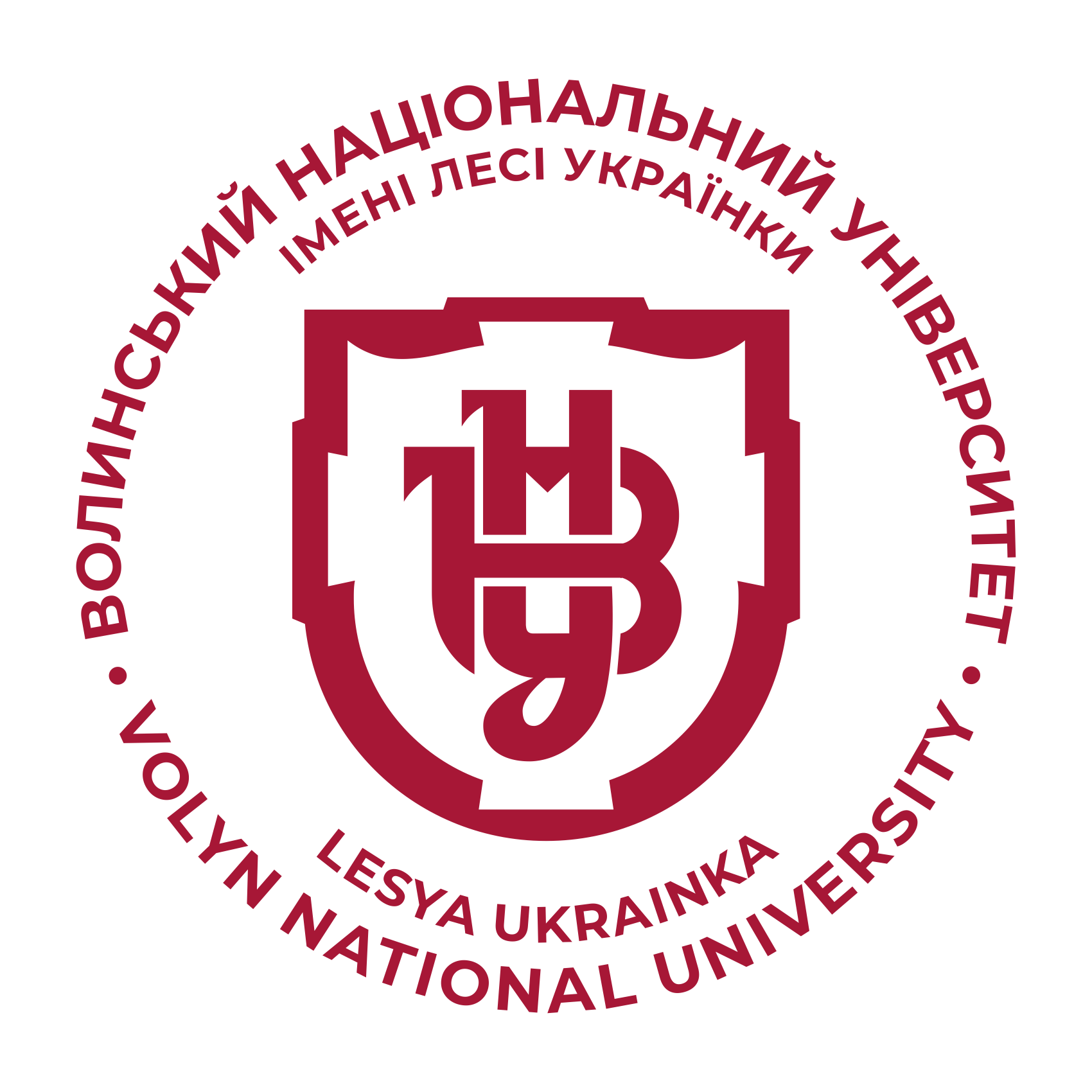РЕФОРМУВАННЯ ЖИТЛОВО-КОМУНАЛЬНОЇ СФЕРИ В МІСЬКИХ АГЛОМЕРАЦІЯХ ЗА УМОВ ДЕЦЕНТРАЛІЗАЦІЇ
DOI:
https://doi.org/10.29038/2411-4014-2020-02-161-167Ключові слова:
міська агломерація, житлово-комунальна сфера, децентралізація, інфраструктура, комунікація, інвестиційний капітал, енергоефективністьАнотація
В статті розглянуто теоретичні та практичні проблеми розвитку житлово-комунальної сфери міських агломерацій в умовах децентралізації. Деталізовано суть та значення поняття «децентралізації», конкретизовано тлумачення наукових видань з цього приводу. Досліджено етапи та особливості формування міських агломерацій житлово-комунального господарства в регіонах України. Охарактеризовано основні риси та типи пануючих міських агломерацій в Україні, а також з’ясовано основні перепони, які перешкоджають їх успішній реалізації в господарський устрій регіону; відмічаються специфіка створення міських агломерацій провідними країнами світу. Проаналізовано діюче нормативно-правове забезпечення дієвості міського агломерації. Обґрунтовується, що досвід реформування житлово-комунальної сфери кожної з країн є унікальним та віддзеркалює специфіку окремо взятої країни, що призводить до неефективності запровадження зарубіжного досвіду, без врахування власного економічного, соціального та територіального потенціалу. Досліджено агломераційний ефект, який отримується шляхом ефекту від масштабу, збільшення відносного показника наданих послуг на одиницю площі, кількісне та якісне зростання обслуговування за рахунок ефективності науково-дослідних установ, навчальних закладів та дії впливу соціальної інфраструктури. Сформовано пріоритетні напрями проникнення інноваційних підходів та методів в житлово-комунальну сферу міського агломеративного регіонального угрупування. Доведено, що динамічність процесів реформування житлово-комунальної сфери міських агломерацій залежить від ефективності використання механізмів державно-приватного капіталу задля реалізації важливих інфраструктурних об’єктів.







